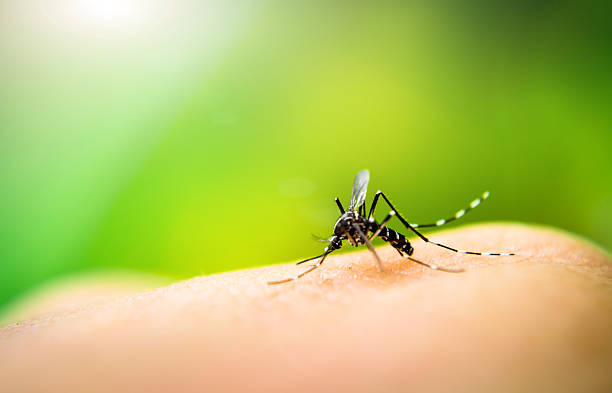There are four main types of malaria that can infect humans: Plasmodium falciparum, Plasmodium vivax, Plasmodium ovale, and Plasmodium malariae.
The most severe form of malaria is caused by Plasmodium falciparum. Symptoms of P. falciparum malaria can appear as soon as 7 days after being bitten by an infected mosquito, but can also take up to several weeks to appear. Symptoms may include high fever, chills, headache, muscle pain, fatigue, and sweating. Other symptoms may include nausea, vomiting, diarrhea, and loss of appetite. In severe cases, P. falciparum malaria can lead to complications such as anemia, kidney failure, seizures, and coma.
Plasmodium vivax malaria is the most common form of malaria outside of Africa. Symptoms of P. vivax malaria may include high fever, chills, headache, muscle pain, and fatigue. Other symptoms may include nausea, vomiting, diarrhea, and loss of appetite. P. vivax malaria can also cause anemia and jaundice.
Plasmodium ovale malaria is similar to P. vivax malaria, with symptoms including high fever, chills, headache, muscle pain, and fatigue. P. ovale malaria can also cause anemia and jaundice.
Plasmodium malariae malaria is the least common form of malaria and typically causes milder symptoms than the other types. Symptoms of P. malariae malaria may include high fever, chills, headache, muscle pain, and fatigue. Other symptoms may include nausea, vomiting, diarrhea, and loss of appetite. P. malariae malaria can also cause anemia and jaundice.
It's important to note that the symptoms of malaria can be similar to those of other illnesses, such as the flu. If you have traveled to an area where malaria is present and are experiencing any of the above symptoms, it's important to see a healthcare provider as soon as possible for a proper diagnosis and treatment.





0 Comments